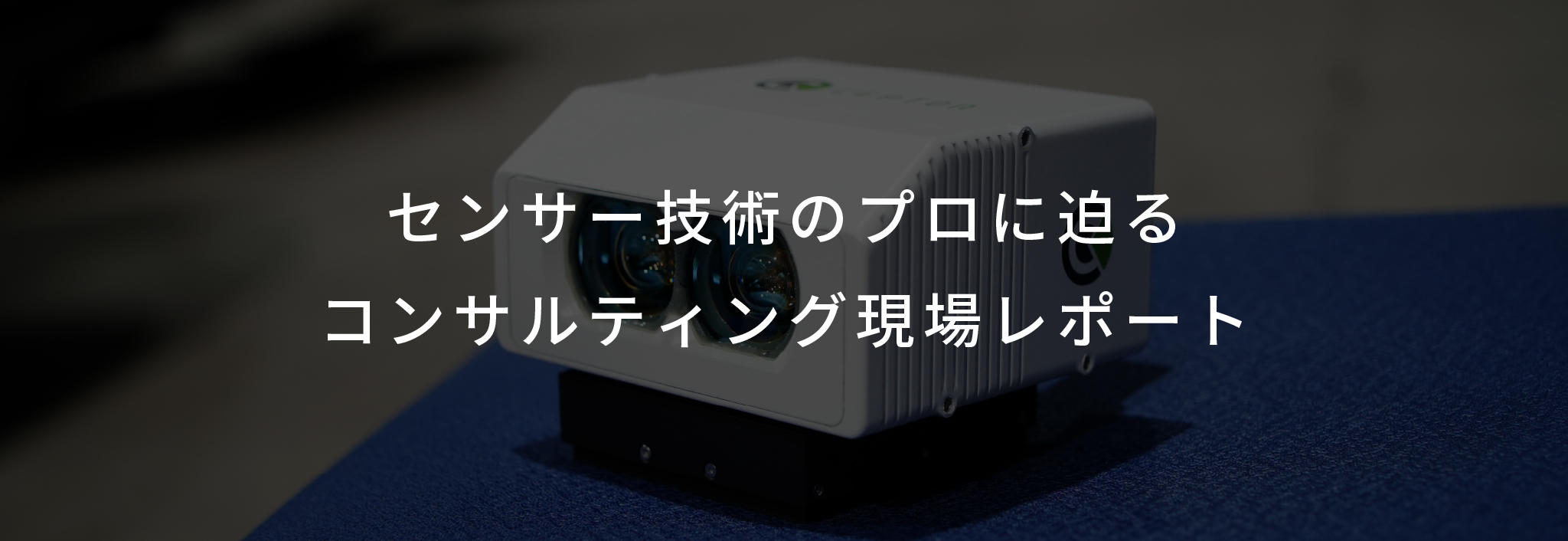
自動運転の普及には知見やリソース不足の解消が必須
自動運転の普及にともない、LiDARセンサーをはじめ運行に必要なソフトウェアなどの需要も高まってきている。しかし、自動運転に関する技術は多岐にわたることもあり、LiDARセンサーやそれに付随する「Perception」や「SLAM」など、ソフトウェア開発のための知見やリソースが不足している企業も多い。
また、LiDARセンサーの種類はメーカーごとに特徴が異なるそうで、導入にかかるコストなども違うようだ。センサーのスペックを比較しようとしても比べる項目が多く、目的や用途に合わせた適切な製品を選定するのは、一企業にとって非常に困難だ。
さらに、LiDARセンサーは、公式で発表しているスペックと、実際に現場で測定して得られるスペックが異なる場合もあるようだ。現場の使用環境や気候、温度などの前提条件が異なるため、スペックシートに書かれた数値と実際に計測した実力値が必ずしも一致しないという。
こうしたことから、LiDAR センサーを自費で購入して性能を評価、検証しなければならないが、そうなると莫大な費用と時間がかかってしまう。自動運転を導入したくても、知見やリソースが不足している上に、自動運転に潤沢な予算が充てられないとなると、LiDARセンサーの評価、検証すらままならない。自費でセンサーの性能を検証するのは、予算的にも時間的にも厳しいのが現状だ。
そこで今回、横浜市港北区に本社を置き、自動運転に関する支援を行っている「マクニカ」を取材。同社スマートシティ&モビリティ事業部が技術開発の拠点としているガレージに訪問し、自動運転の課題解決につながる画期的サービス「センサーコンサルティング」について担当者に話を聞いた。また、ガレージではセンサーコンサルティングのデモも実施してもらった。
製品の選定・導入をサポートするセンサーコンサルティングとは?
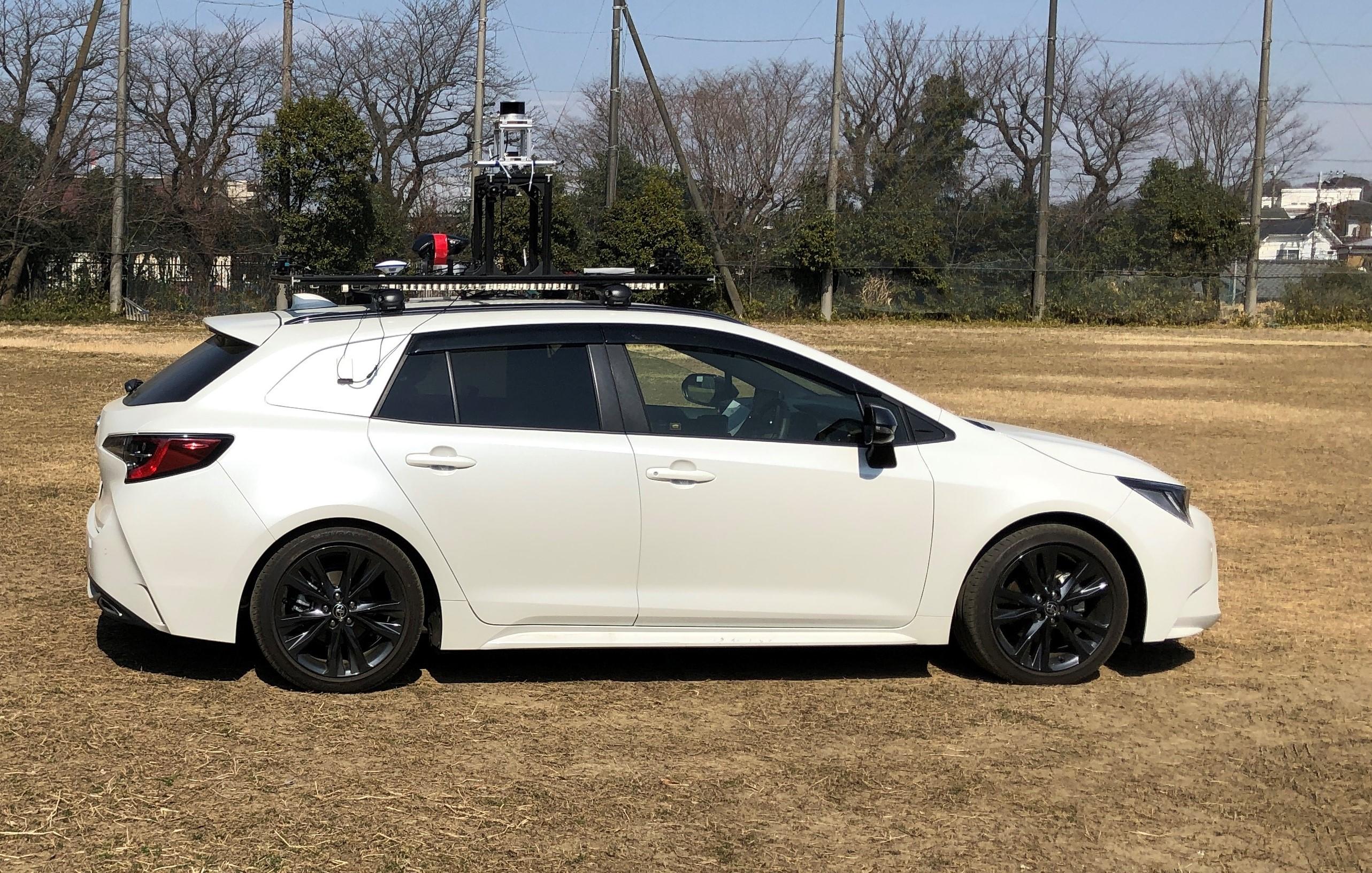
センサーコンサルティングは、自動運転に関わるセンサーの選定から導入までを一貫してサポートするサービスだ。前述の通り、自動運転やITS向けに必要なLiDARセンサーやPerception、SLAMなどは種類が多く選定が難しい。
担当者は「センサーコンサルティングは、顧客の用途や使用環境を調べ、膨大な数の中から条件に合うセンサーやソフトウェアなどを選定し、評価、導入までをサポートしています」と話す。センサーコンサルティングでは、センサーの選定だけではなく、実際に導入する現場でセンサーの評価、検証を実施し、導入までをサポートしている。
マクニカが一貫して自動運転等に使われるセンサー技術の導入をサポートできるのには、それなりの理由があると担当者は説明する。
「当社では豊富な知見やリソースを有しています。2017年から自動運転に関するテクノロジーにいち早く着目し、世界中で誕生するさまざまなテクノロジーを発掘、調査、研究してきました。自動運転に関するあらゆるテクノロジーの知見と経験を有し、適切な製品(ハードウェア、ソフトウェア)を取り揃えています。課題を抱えた企業に代わり、製品の選定、評価、検証、システム構築を支援できる体制を整えています」
マクニカは、企業のTTM(Time to Market:市場投入スピード)やリソース不足の解消に貢献できるだけでなく、高度な情報収集能力によってターゲット企業を選定し交渉するソーシング機能と、熟練のエンジニアとの開発支援、競合他社では実現できないサービス提供体制を構築しているため、他社にはないセンサーコンサルティングというサービスを実現できている。
センサーコンサルティングの流れ
センサーコンサルティングは、主に以下の7つの項目で進めていくことになる。ただし、用途や目的などによってケースバイケースになることもあるため、項目は参考程度にとらえてほしい。
1.初回ヒアリング
センサーをどのような用途で使用するのか、使用環境や規模など、基本的な要望を聞き取り、センサーを含め該当しそうな複数の製品をピックアップする。
2.要件定義
初回ヒアリングでピックアップしたセンサーが、使用環境に合っているか、製品スペックなどの詳細な要件を決めていく。
3.机上検討でのセンサー選定
製品スペックをもとに、より適合したセンサーを絞り込む。
4.選定センサーでの現地評価と評価計画
選定したセンサーを、実際の環境で正しく運用できるか現地評価を実施する。また、評価計画も作成。
5.選定センサーでの現地評価実施(現地視察、リハーサル)
現地視察とリハーサルを実施し、センサーが適切に運用できるか現地評価を実施。環境によってスペック通りの性能が出ない場合もあるため、入念な現地評価が欠かせない。
6.評価レポート作成
現地評価をもとに、評価レポートを作成。状況に応じて再度現地評価を実施する場合もある。
7.報告会の実施~センサー納品
評価レポートをもとに、関係各所との報告会を実施。適切に運用できるとなればセンサーやそれに付随する製品を納品。
センサーコンサルティングの実施例と比較検討時の取得データ例
ここでは、これまでマクニカが実際に行ってきたセンサーコンサルティングの実施例を紹介する。ただし、掲載するにあたって数値などは変更している。どのようなデータが取れるのか、どのような方法で実施したのかという目安にしていただきたい。
【評価レポートの例】
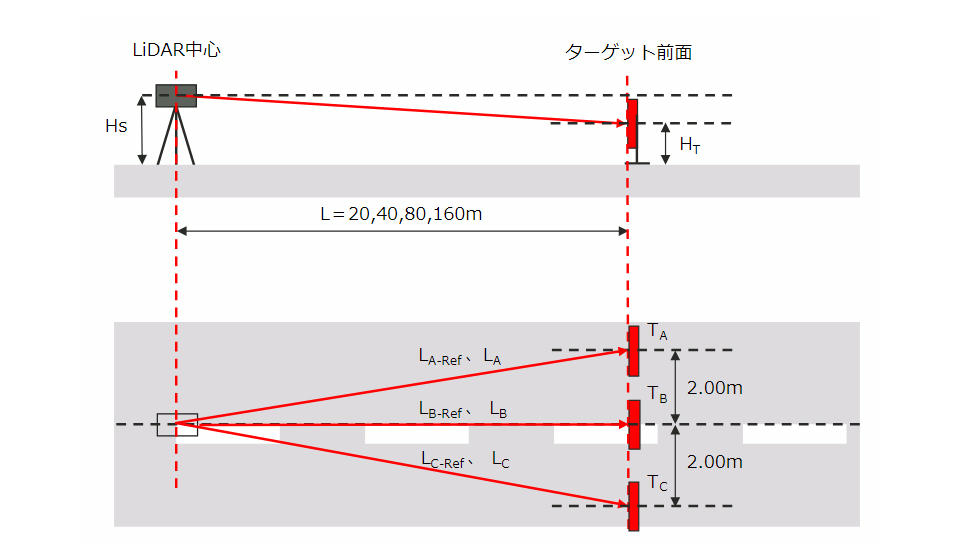
データ:マクニカ提供
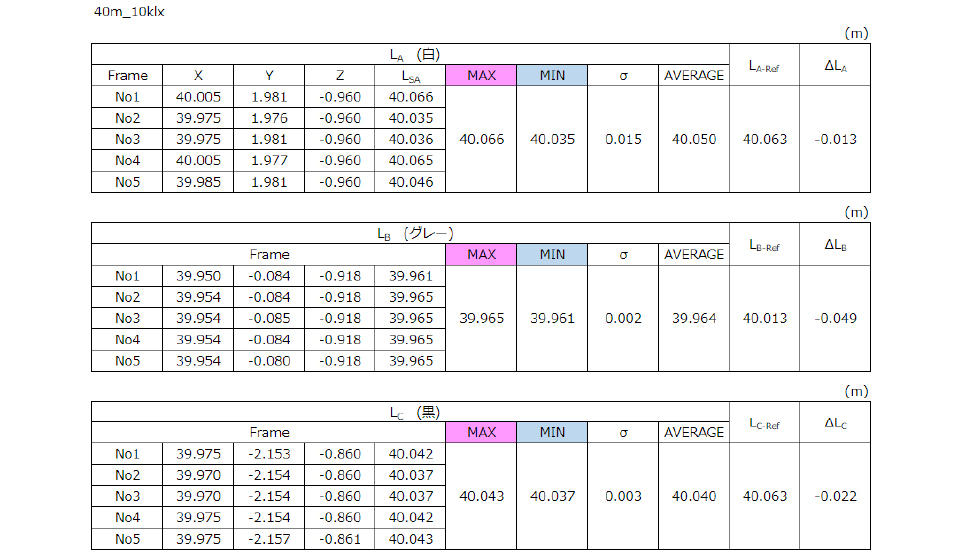
データ:マクニカ提供
実施例としては、LiDARセンサーとステレオカメラでは、どのような違いがあるのかという比較検証を行った。また、時速60km/hの高速車両にLiDARセンサーとステレオカメラを搭載し、取得できるデータがどれくらい異なるのかといった検証も行った。さらに、雨や霧、粉塵などが舞う悪天候(特殊環境)でも、どれくらい取得できるデータに影響があるのかなどの検証や、全長20mを超える大型車両でのLiDAR SLAMの精度を検証する取り組みも実施している。状況や用途に合ったセンサーを導入するための検証、評価を行うことで、顧客の要望に応えた適切な製品の提案を可能にしているという。
【SLAM検証の実施例(精度検証時)】
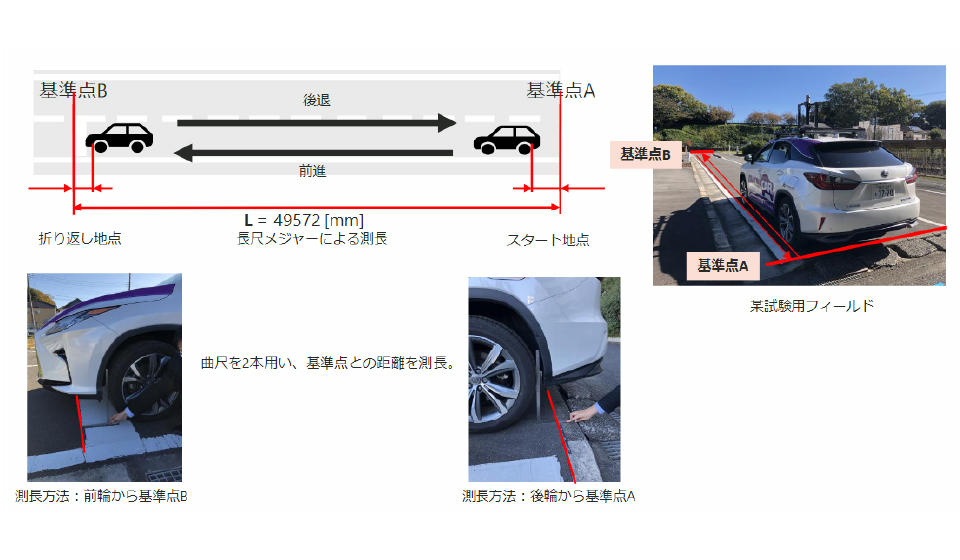
写真:マクニカ提供
【広い環境でのLiDAR SLAM検証例】
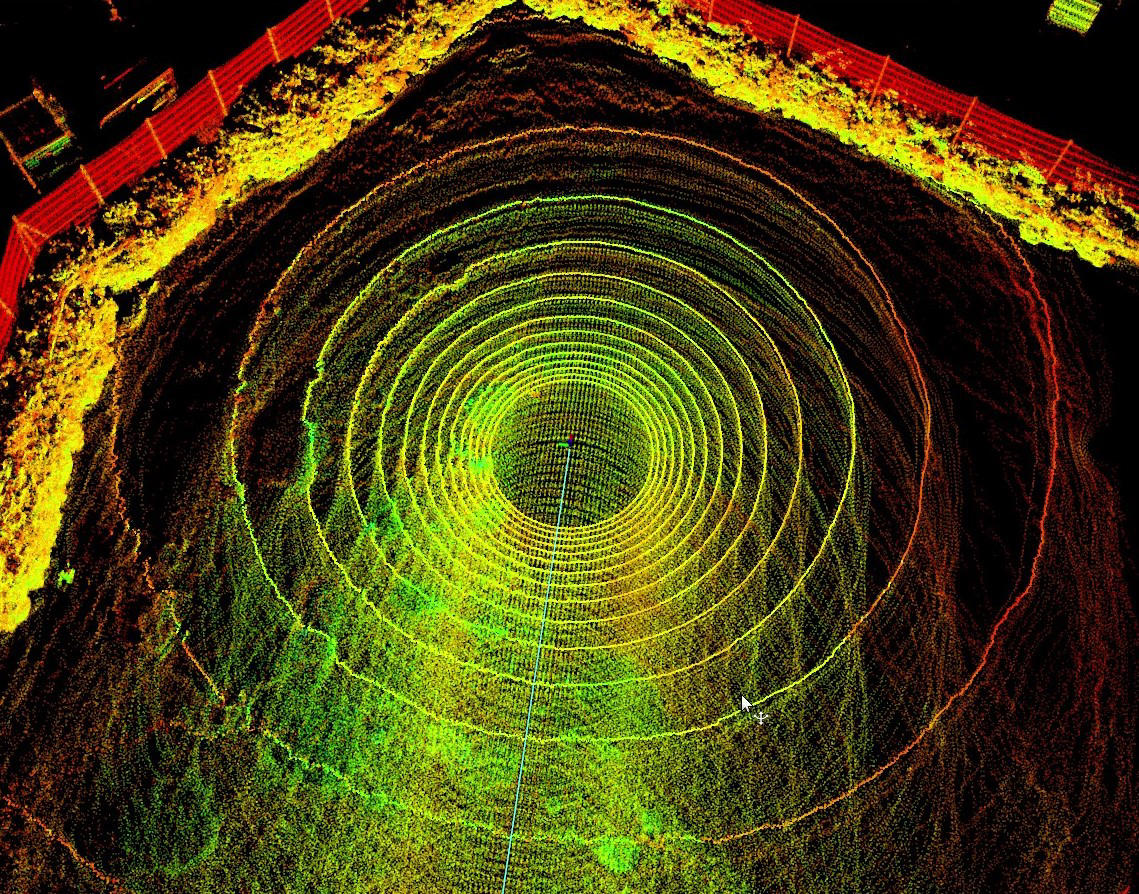
写真:マクニカ提供
自動車以外での活用が広がるLiDAR
LiDARセンサーは、自動運転技術の開発が加速してきたことで性能が向上。それと同時にコストも低下してきたため、LiDARセンサーを自動車以外で活用する事例が増加してきている。
カメラの代わりにLiDARセンサーを使用すれば、周囲の明かりなど光の影響を受けずに対象物との位置関係が詳細に把握できるようになる。また、顔が映らないためプライバシーにも配慮できるというメリットがあり、活用範囲が広がっている。
LiDARセンサーを応用して、セキュリティ分野で監視カメラの代わりとして運用したり、公共の場での人の流れや、道路での交通量分析に活用したりする動きも加速している。
無償でセンサーコンサルティングを体験
マクニカでは、顧客の要望に応じたセンサーコンサルティング無償で体験できる「センサーコンサルティング無償体験サービス」を実施している。このサービスでは、初回ヒアリングから始まり、マクニカのスタッフがセンサーを持って現地に出向き、顧客環境でどのようなデータが取得することができるかを実際に目で見て体験できる無償サービスだ。
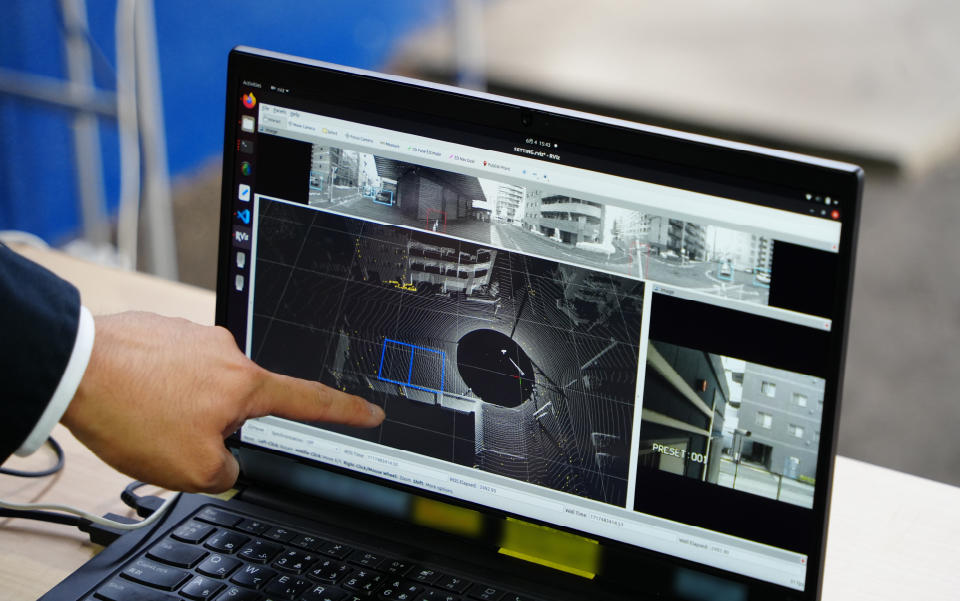
LiDARセンサーを使った現地評価のデモを実施してもらった。昼夜を問わず正確な情報を取得できる様子が再現されていた。
担当者は「豊富な知見をもとに、LiDARセンサーやそれに付随するソフトウェア、周辺機器などの製品の選定にお困りの方は、ぜひ一度マクニカにご相談ください」と話す。マクニカの製品選定には定評があるし、多くの導入実績がある。自動運転の導入を検討している企業には活用してほしいサービスといえそうだ。
文・写真:室井大和(フリーライター)
